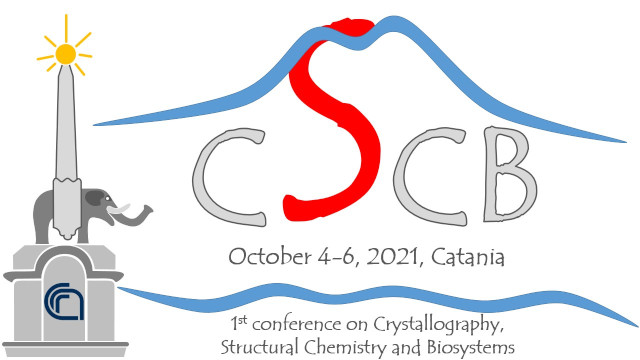Speaker
Description
Copper is involved in several biological processes. A complex machinery of transporters, storage proteins, chaperones, transcription factors and small molecules as glutathione (GSH which contributes to the cell reducing environment) controls the static and labile copper pools. To follow the fate of intracellular copper labile pool, a variant of human apocarbonic anhydrase has been proposed as fluorescent probe to monitor cytoplasmic Cu2+1. Aware that in this cellular compartment copper ion is present as Cu+, electron spin resonance technique (ESR) was used to determine whether (bovine or human) carbonic anhydrase (CA) was able to retain Cu+ in the same sites occupied by Cu2+, in the presence of reducing agents such as ascorbate and GSH, which naturally occur in the biological environment. A complete characterization of the two metal binding sites of the protein in solution was performed by ESR technique. The use of the reported affinity constants of zinc in the catalytic site and of Cu2+ in the peripheral and catalytic site, allow us to obtain the speciation of copper species mimicking the spectroscopic study conditions. The different Cu2+ coordination features in the catalytic and the peripheral (the N-terminus cleft mouth) binding sites influence the chemical reduction effect of the two main naturally occurring reductants. Ascorbate reversibly reduces the Cu2+ complex with CA, while glutathione irreversibly induces the formation of Cu2+ complex with its oxidized form (GSSG). Our results look into the use of CA as intracellular Cu2+ sensor. Furthermore, translating these findings to intracellular environment, the conversion of GSH in GSSG can significantly alter the metallostasis.
References
1. B. McCranor, H. Szmacinski, H.H. Zeng, T. Hurst, A. Stoddard, C.A. Fierke, J. Lakowicz, R.B. Thompson, Metallomics 2014, 6, 1034-1042.

